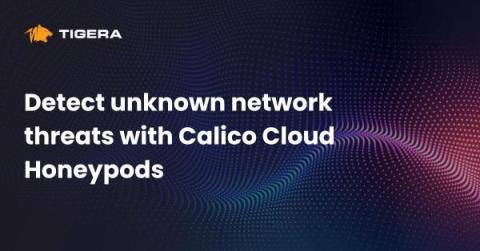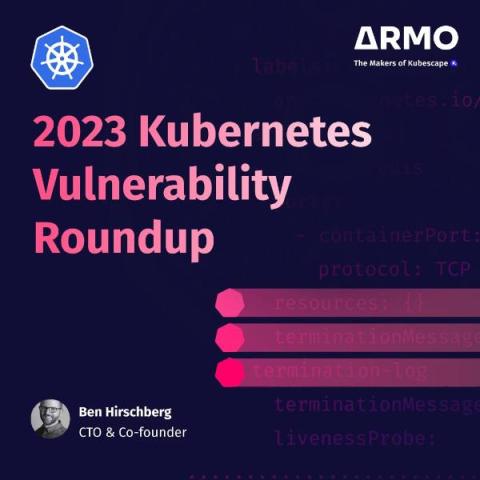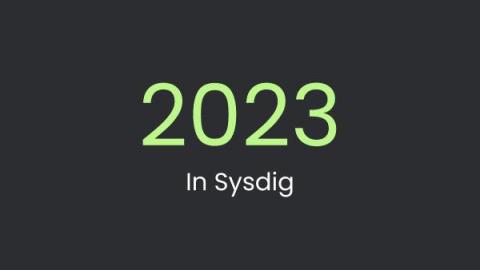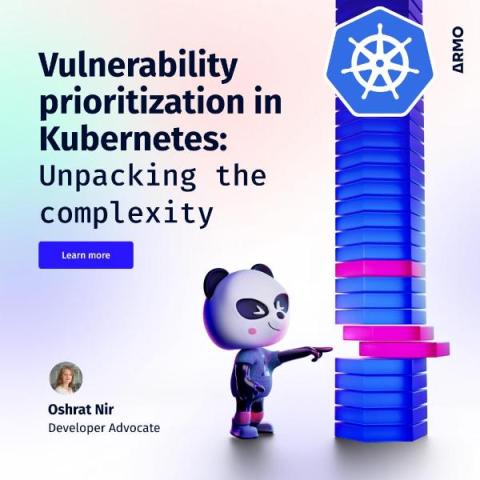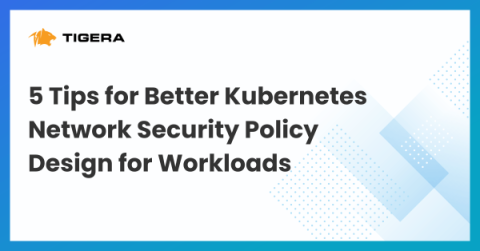Security | Threat Detection | Cyberattacks | DevSecOps | Compliance
Containers
Why should developers care about container security?
Tigera Closes Out 2023 with Significant Momentum for Calico as Demand for Container Security Accelerates
As 2023 comes to a close, we’re happy to report that we’ve had a successful year full of powerful product advancements and notable third-party recognition.
Detect unknown network threats with Calico Cloud Honeypods
Based on the well-known cybersecurity method, “honeypots”, Calico Cloud runtime security approach of Honeypods as decoy pods are designed to attract traffic to them from malicious sources and to detect suspicious activity within a Kubernetes cluster.
2023 Kubernetes vulnerabilities roundup
What's New - December 2023 Recap
Welcome to our December edition of the “What’s New in Sysdig” blog series. We decided to do a year in review for this monthly recap as we wanted to focus on a few key highlights the company went through the past 12 months. As we look at the past year, the landscape of cloud security has seen its challenges and evolution.
Cisco Acquires Isovalent: A Big Win for Cloud-Native Network Security and a Validation of Tigera's Vision
This week’s news of Cisco’s intent to acquire Isovalent sends an important message to the cloud security ecosystem: network security is no longer an afterthought in the cloud-native world. It’s now a critical component of any robust security posture for cloud-native applications. This move not only validates the work of the Isovalent team in evangelizing this essential category but also underscores the vision Tigera has pioneered since 2016 with Project Calico.
Vulnerability prioritization in Kubernetes: unpacking the complexity
Honeypots with vcluster and Falco: Episode II
This is part two in our series on building honeypots with Falco, vcluster, and other assorted open source tools. For the previous installment, see Building honeypots with vcluster and Falco: Episode I.
5 Tips for Better Kubernetes Network Security Policy Design for Workloads
The surge of cloud-native applications has propelled Kubernetes into the forefront, revolutionizing how we manage and deploy workloads. However, this exponential growth has also increased the security challenges, and attack surface, DevOps and Security teams must address. As we discussed in a previous blog post, traditional network security measures fall short when presented with Kubernetes’ dynamic nature, demanding a paradigm shift towards more adaptable solutions.





